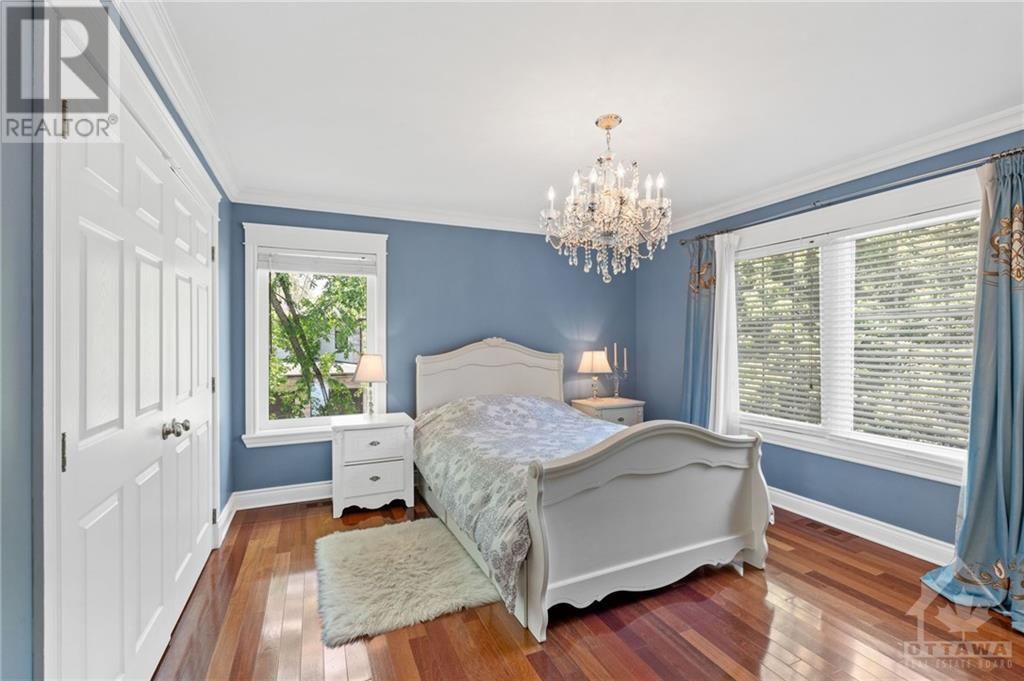Chris Lacharity has lived in Canada’s capital for so many years and, as a long-time enthusiast of the city’s architecture, not to mention being the best property seller in Ottawa, has become intimately familiar with its various architectural styles, from its historic gems to its sprawling new suburban neighbourhoods. Ottawa’s stock of houses reflects the rich cultural influences that have shaped the city throughout the years.
From quaint Tudor and Renaissance Revival suburban homes to striking modernist masterpieces, Ottawa’s properties tell a compelling tale of the city’s journey through time, tracing the evolution of its architectural trends across the decades. Join him as he takes a look at the primary architectural styles through which Ottawa proudly demonstrates its unique character.
Victorian Elegance (1837–1901)
In the older sections of Ottawa, areas like Sandy Hill and New Edinburgh boast elaborate Victorian-period houses, typically built during the long reign of Queen Victoria. The style was indicated by:
1. Intricate wooden trim, often called gingerbread
2. Bay windows and turrets
3. Steep, gabled roofs
4. Vibrant colour schemes
The Laurier House, for instance, where two Canadian prime ministers once lived, is a prime example of this type of grandiose design.
Edwardian Classicism (1901–1910)
Edwardian-era architecture followed the excess and pompous nature of the Victorian era, with more modest transitions back to classical designs. In Ottawa, you will recognize Edwardian homes by looking at the following attributes:
1. Symmetrical facades
2. Columns and pilasters
3. Red brick exteriors
4. Large front porches
The said style is arguably best seen in the scale of the Chateau Laurier hotel.
Arts and Crafts Movement (1880–1920)
Many houses in Ottawa, especially in the established neighbourhoods such as Rockcliffe Park, have elements of the Arts and Crafts style, which happened to be a spirited response to the newfound wave of industrialization. It can be identified by the following features:
1. Low-pitched roofs with wide eaves
2. Exposed rafters and beams
3. Large front porches with tapered columns
4. Use of natural materials like stone and wood
(If you fancy spending the rest of your life in one, you may consider approaching the best property seller in Ottawa!)
Tudor Revival (1890–1940)
Tudor Revival homes, reminiscent of medieval English architecture, dot Ottawa's landscape. Look for:
1. Half-timbering on facade exteriors
2. Steeply pitched roofs
3. Tall, narrow windows (often grouped)
4. Decorative chimneys
The Rockcliffe Park neighbourhood boasts several excellent examples of this romantic style.
Mid-Century Modern (1945–1975)
In particular, many of Ottawa’s more recent suburban neighbourhoods, built in the early post-Second World War era, were constructed to reflect the international style of mid-century modern architecture, epitomized by features such as:
1. Clean lines and minimal ornamentation
2. Large windows and open floor plans
3. Integration with nature
4. Flat or low-sloped roofs
The Canadian architect James Strutt made several mid-century modern contributions to Ottawa’s historic landscape.
Contemporary and Sustainable Design (1980s–Present)
Modern architecture in Ottawa in recent years has paid attention to the sustainability movement, where contemporary homes have become more common and have several features:
1. Energy-efficient materials and systems
2. Green roofs and solar panels
3. Open concept layouts
4. Blending of indoor and outdoor spaces
The Shaw Centre, erstwhile Ottawa Convention Centre, does this on a large scale, with its flattering glass exterior and Leadership in Energy and Environmental Design (LEED) Gold rating.
A City of Architectural Diversity
Ottawa’s architectural legacy is a testament to its separated past lives and present-day aspirations: a city that has indulged in the flowery excesses of Bohemian-Gothic Victorian mansions and upwardly mobile, environmentally friendly homes. Ottawa remains a city that Chris Lacharity enjoys exploring visually, both as an architecture aficionado and as a casual sight-seeer.
For him, the story of Ottawa’s architecture is not over, and he invites all from around the globe to take part in shaping its future. Whether you are a resident of Ottawa or not, why not spend your next summer in any of its many diverse neighbourhoods? Call Chris Lacharity now to schedule a consultation at your convenience with the best property seller in Ottawa!


Comments:
Post Your Comment: